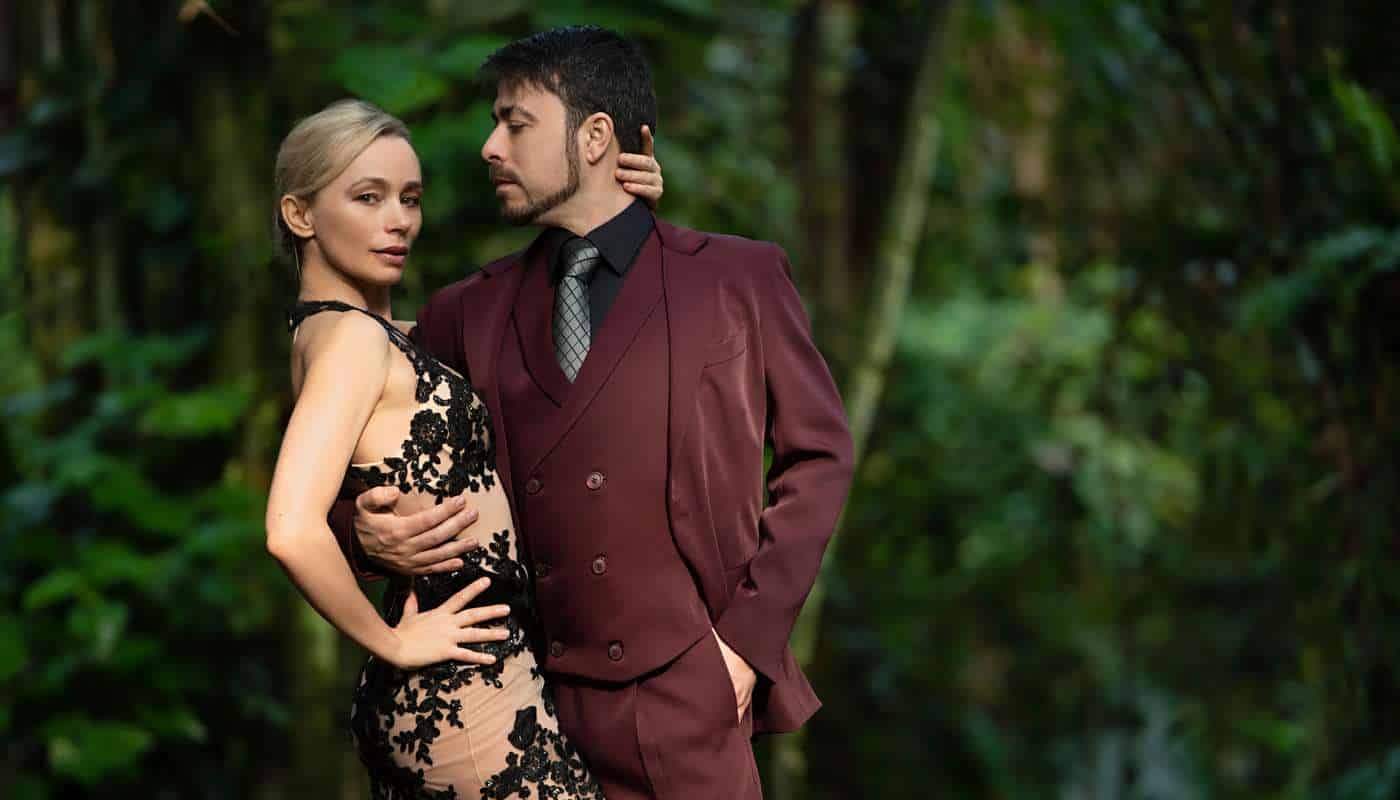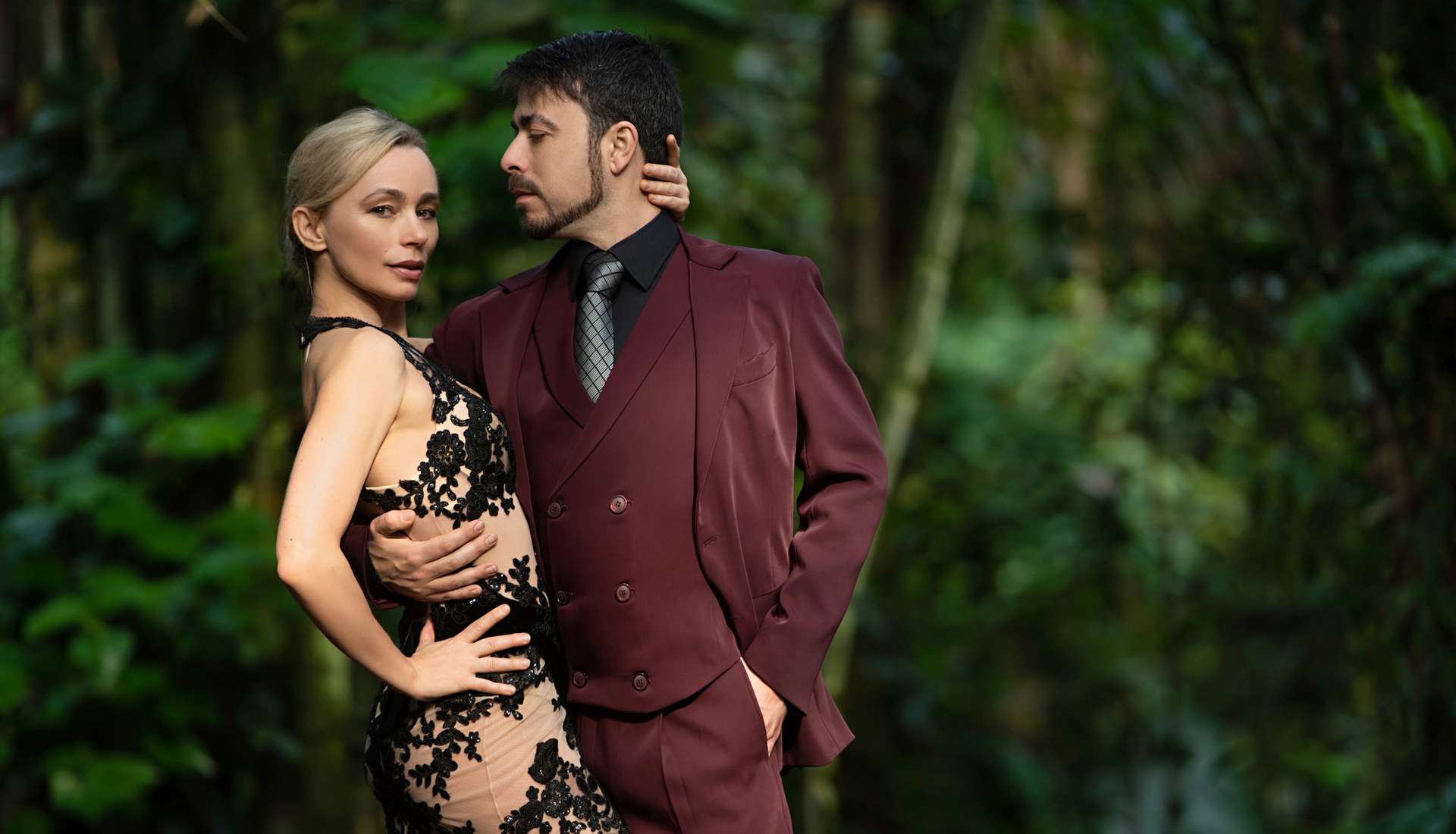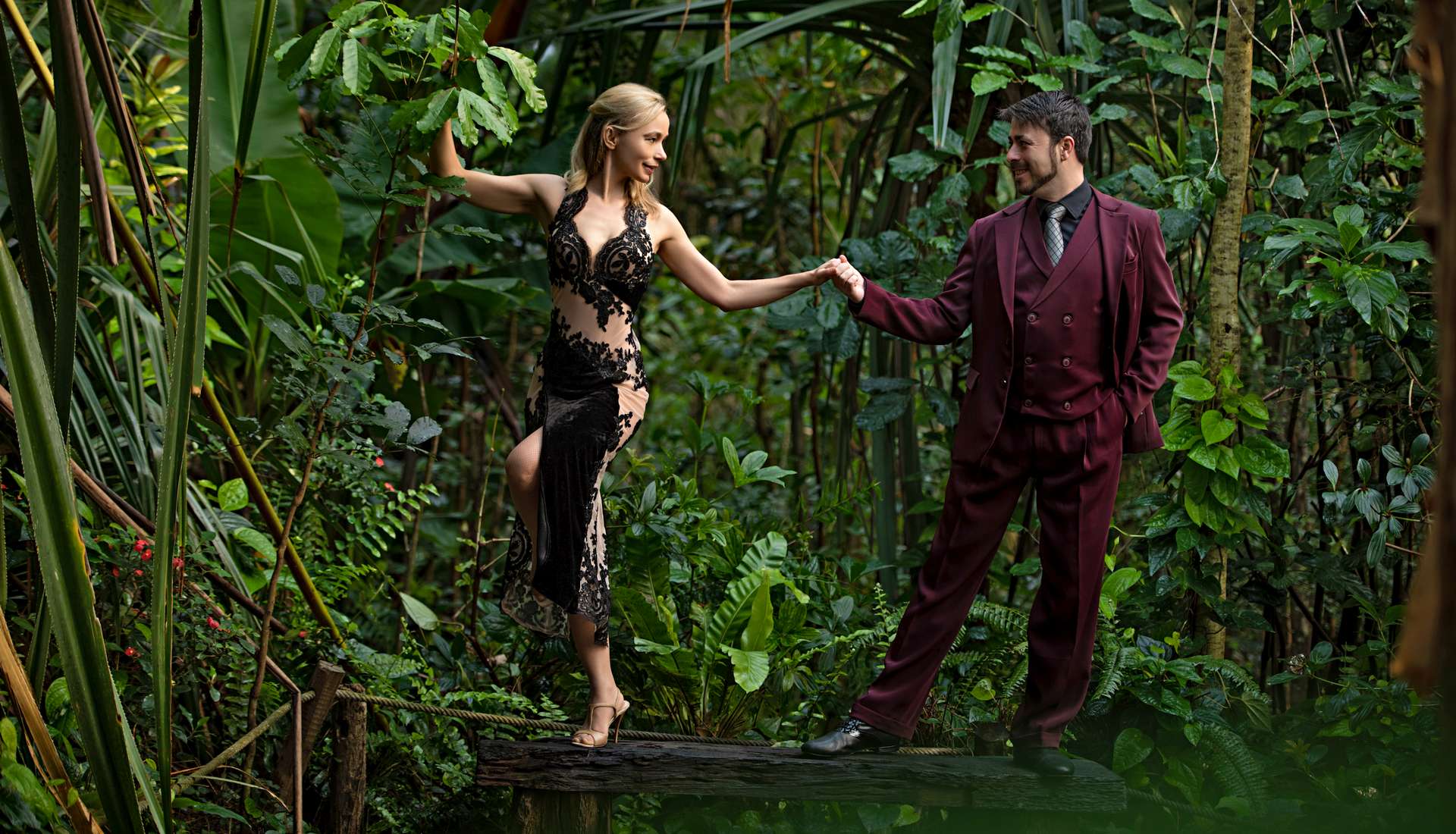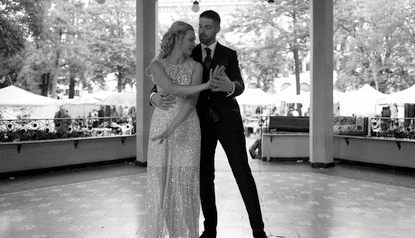About us
Welcome to La Pantera, your dance school for Argentine Tango in the city of Zurich!
We are obsessed with teaching you addictive, smooth tango in record time. Meanwhile, we create in our beautiful venue the optimal environment to relax after work and find inspiration for life.

About
What you can expect from us:
Observing the substance and development of tango worldwide, we know exactly what to teach you in order to build up a musical, comfortable, effortless dance. While we teach you ergonomical step techniques and musical sequences, we make sure to transport the most important aspect of tango in every single class: the joy. The joy of here, now, of being myself, of being my partner.
What we expect from ourselves:
To make you a successful dancer. This means: to give you a tango that you will enjoy yourself and that your partners will love.
What we guarantee:
You will be dancing authentic argentine tango. Our affiliation with one of the most influential schools in Buenos Aires – Sunderland of Carlos and Rosa Perez – is our trademark. You will be able to dance in and enjoy the highest-level milongas around the world. You will be able to easily follow master classes of any important couple of teachers, as you will learn to understand the systematic of tango sequences.

ANGELA’S STORY
We teach differently. Two key experiences, early on in my tango life, are the reason why.
Reason 1
I started assisting tango classes in 2006 without knowing anything else about tango than this: that it had changed my life forever. It was addictive. It felt terribly nice. With some people: too nice. But that is a different story.
As it happens all too often, a relationship put me in the situation of assisting tango classes way too early. While I did not understand anything about leading, there was something strange and disturbing which made me think and ask questions: our class contents did not have anything in common with what was danced in real life. In the milongas. I wouldn‘t have danced with someone who was doing the elements that we were teaching in class (lateral led ochos are the best example), regardless of his quality of motion. Doing what we taught in class, anyone would have outed himself as a nonfunctional beginner.
I tried to convince many argentinian partners to teach in group classes the beautiful, often simple steps that they were dancing themselves. Only to understand: they did not know what they were dancing.
Being a trained linguist, I was struck by revelation: Dancing tango can be compared to speaking a language. People speak their native language to perfection, without the need to understand its morphology or syntactical rules. So tango was obviously a language with many native speakers of various eloquence. BUT there were not many grammarians around analyzing it‘s structure.
That‘s when I decided to go on „field study“ – to Buenos Aires. Being a woman, I had the advantage men do not have: I was able to dance in milongas „their“ tango, not mine, trying to understand which elements would classify as the most important 2000 „words“ that, in any language, will make up for 80% of any conversation or written text. After three years of tango and hundreds of danced kilometers, I opened a tango school.
Reason 2
The second key experience came much later.
I honestly do not recall having ever before felt as awkward in life. Jorge had asked the right question. The right two questions, to be precise. And it felt like an ice water bucket gushing out over my head.
Jorge was one of the private students who would come for months once a week to learn the circular elements that we were teaching. We were – I guess – both happy with each other. His dance had clearly improved. And now this: in 30 seconds he made me question everything. There would be a before and an after in life. And the „after“ is an ongoing obsession, to these days.
He asked me why his crush, let‘s call her Maria, preferred dancing with Martin and not with him. And he went on asking if there was anything he could do about this – or would have to accept it as fate.
Finally I understood what should have been clear in the first place: Jorge – and all other present, past and future students – are NOT paying me to fill 60 minutes with steps. The steps are part of the method, yes. But they pay me to make them dance in a way so any woman in the world would love to dance with them. THAT‘s my job. And I was doing it badly – as it was clear that everyone, including me, would prefer Martin by far. More: I had absolutely now idea what Martin was doing differently nor how one would guide Jorge in that direction.
From that day on, I understood the imperative of pleasure. Technique, even correct technique is worthless in tango without pleasure. We have to be able to enjoy and to make the other person enjoy. From that day on, my job has become the never ending, meticulous, sometimes obsessive quest for the anatomy and ergonomy of tango pleasure. We enable our students to enjoy and to make enjoy.
Dancing Tango is telling a story in the most beautiful language: The language of human connection, musical inspiration and physical bliss. You bring your story, we teach you the language.
Related Topics
CLASSES
Private Classes

CLASSES
Special Classes

CLASSES
Wedding Classes

